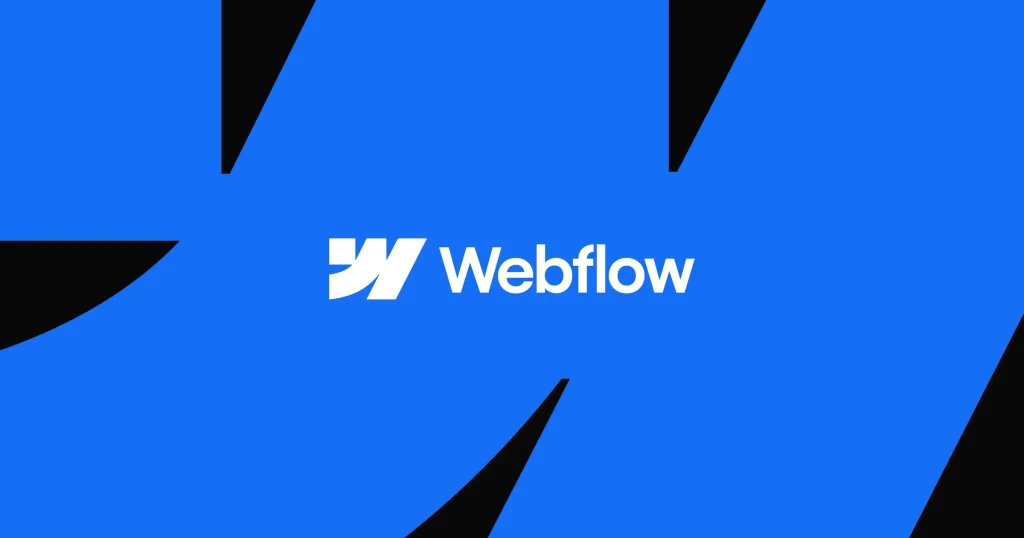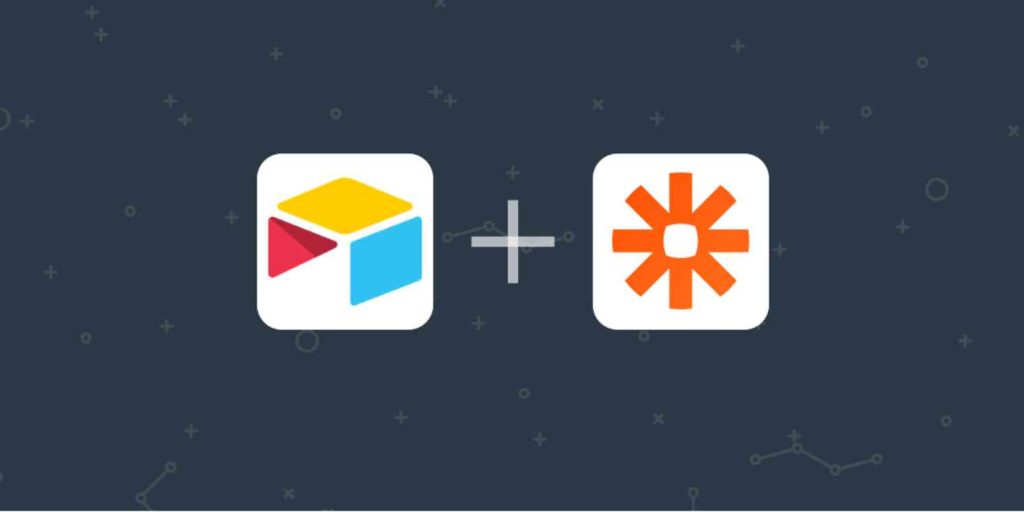The no-code movement has gained massive popularity over the past few years, with tools like Bubble, Adalo, Webflow, and many others enabling people to build full-fledged web and mobile applications without writing a single line of code. But with so many options available, how do you decide which platform to choose? In this article, we’ll compare Bubble with other popular no-code platforms to help you find the right tool for your project.
1. Bubble: The Powerhouse for Web Applications
Bubble is a leader in the no-code space, especially when it comes to building complex web applications. Here are some reasons why developers and entrepreneurs choose Bubble:
- Full Customization: Bubble allows for deep customization of workflows, database structures, and user interfaces, making it perfect for building more complex apps like marketplaces, SaaS products, or CRMs.
- Scalability: With its backend and database integration, Bubble apps can scale with your business. You can manage complex data workflows and grow your user base without worrying about limitations.
- API Integration: Bubble offers robust support for integrating third-party APIs, making it a flexible platform for adding external functionalities.
- Community and Plugins: Bubble has a large community of developers and a plugin marketplace that can expand the platform’s core functionality.
However, Bubble is primarily focused on web applications, and while it’s possible to build mobile apps, this often requires workarounds, which brings us to other platforms.
2. Adalo: Ideal for Mobile Apps
If your main focus is mobile app development, Adalo may be a better fit. Here’s why:
- Mobile-First: Adalo is designed with mobile apps in mind, making it easier to create native mobile applications for iOS and Android without needing any extra tools.
- Simple and Intuitive: Adalo’s user interface is beginner-friendly and allows for quick development with drag-and-drop components, making it a great choice for those looking to build apps fast.
- Pre-Built Components: The platform offers a variety of pre-built templates and UI components that make designing your app’s interface a breeze.
That said, Adalo can be limited in terms of scalability and customization when compared to Bubble, especially if you’re building more data-intensive applications.
3. Webflow: For Design-First Websites
For those who prioritize design and need a flexible tool for creating visually stunning websites, Webflow is an excellent option. Here’s why:
- Design Flexibility: Webflow allows for pixel-perfect design control. It’s perfect for web designers who want to push the boundaries of creativity without compromising on responsiveness.
- CMS Integration: Webflow includes a content management system (CMS) that’s great for building dynamic websites, blogs, or landing pages that require frequent updates.
- Animations and Interactions: Webflow shines when it comes to custom animations and interactions, offering users the ability to create visually engaging experiences.
However, Webflow is not built for complex database-driven applications like Bubble or Adalo. If you’re building a site that requires extensive backend workflows, you may find Webflow limiting.
4. Airtable + Zapier: The Glue for Quick Prototypes
If you’re looking for a lightweight solution for prototyping or managing data, a combination of Airtable and Zapier might be the right choice:
- Airtable: This tool functions as a highly customizable spreadsheet and lightweight database, which is great for simple project management, content tracking, or internal tools.
- Zapier: By connecting various tools and automating workflows, Zapier can help glue together your applications without requiring complex integrations or custom coding.
This combination works well for quick prototypes, MVPs, or small-scale apps but lacks the complexity needed for larger, more intricate applications.
5. Glide: For Simple, Data-Driven Mobile Apps
Glide is another excellent no-code tool, primarily for building simple mobile apps based on spreadsheets. It’s ideal for use cases like:
- Data-Driven Apps: Glide excels when it comes to creating apps that need to visualize or manage data from spreadsheets like Google Sheets or Excel.
- Quick Development: You can create a functional app in just minutes, making Glide perfect for rapid prototyping or internal tools.
However, it doesn’t offer the deep customization, scalability, or feature set that platforms like Bubble or Adalo provide.
So, Which One Should You Choose?
The right platform for you depends on your project’s needs:
- Choose Bubble if you’re building a complex web app with extensive backend logic, custom workflows, and scalability requirements. If you want to explore more about how to get started with Bubble, you can visit BubbleDeveloper.io for in-depth tutorials and resources tailored for Bubble developers. for in-depth tutorials and resources tailored for Bubble developers.
- Choose Adalo if your primary focus is building a native mobile app quickly and easily, without needing much backend complexity.
- Choose Webflow if design is your top priority and you need pixel-perfect control over your website’s look and feel.
- Choose Airtable + Zapier for lightweight, simple apps or internal tools that rely on data management and automation.
- Choose Glide if you’re creating a straightforward mobile app based on spreadsheets, like a data management or directory tool.
Each platform has its strengths, and the best one for you will depend on the scope of your project, your technical skills, and your long-term goals. Whether you’re building the next big marketplace or a simple data-driven app, there’s a no-code tool out there to help you bring your vision to life.






